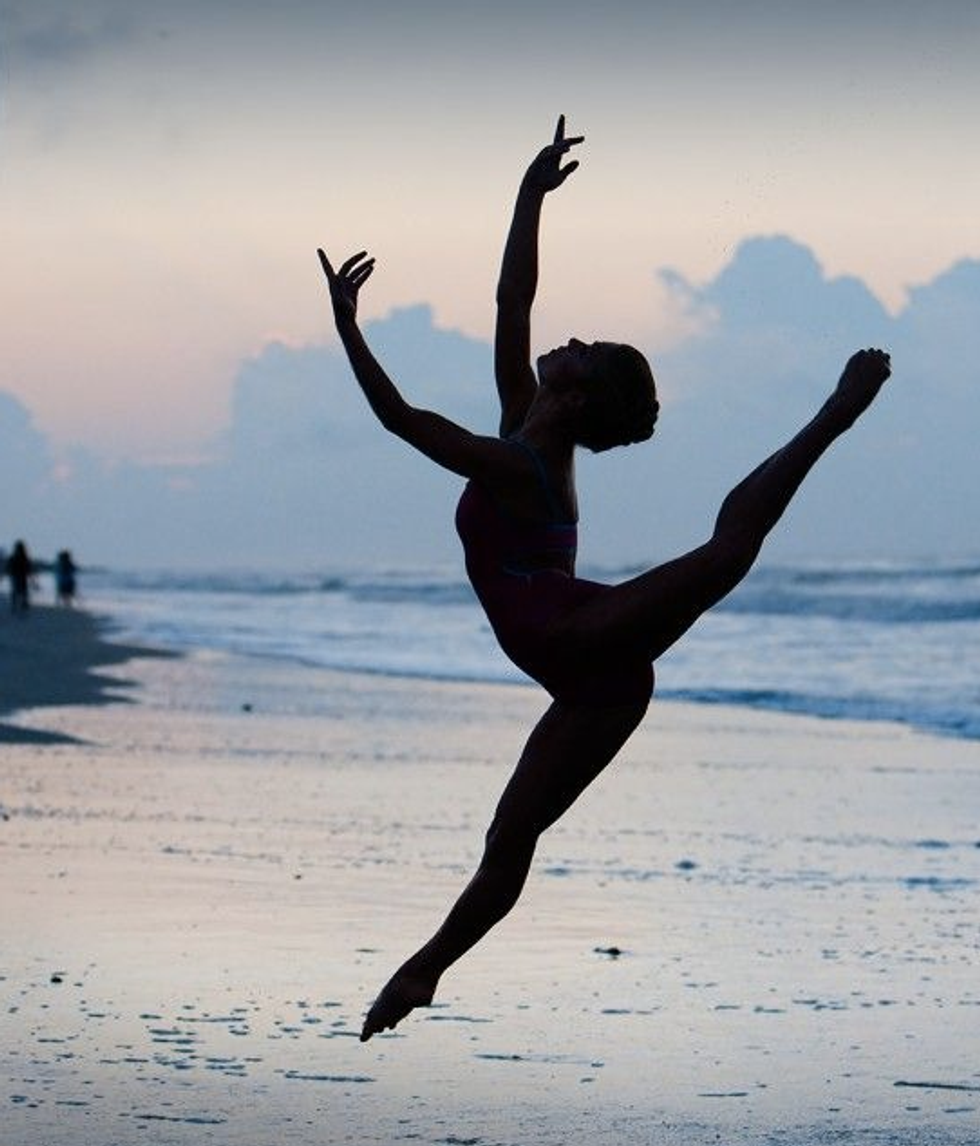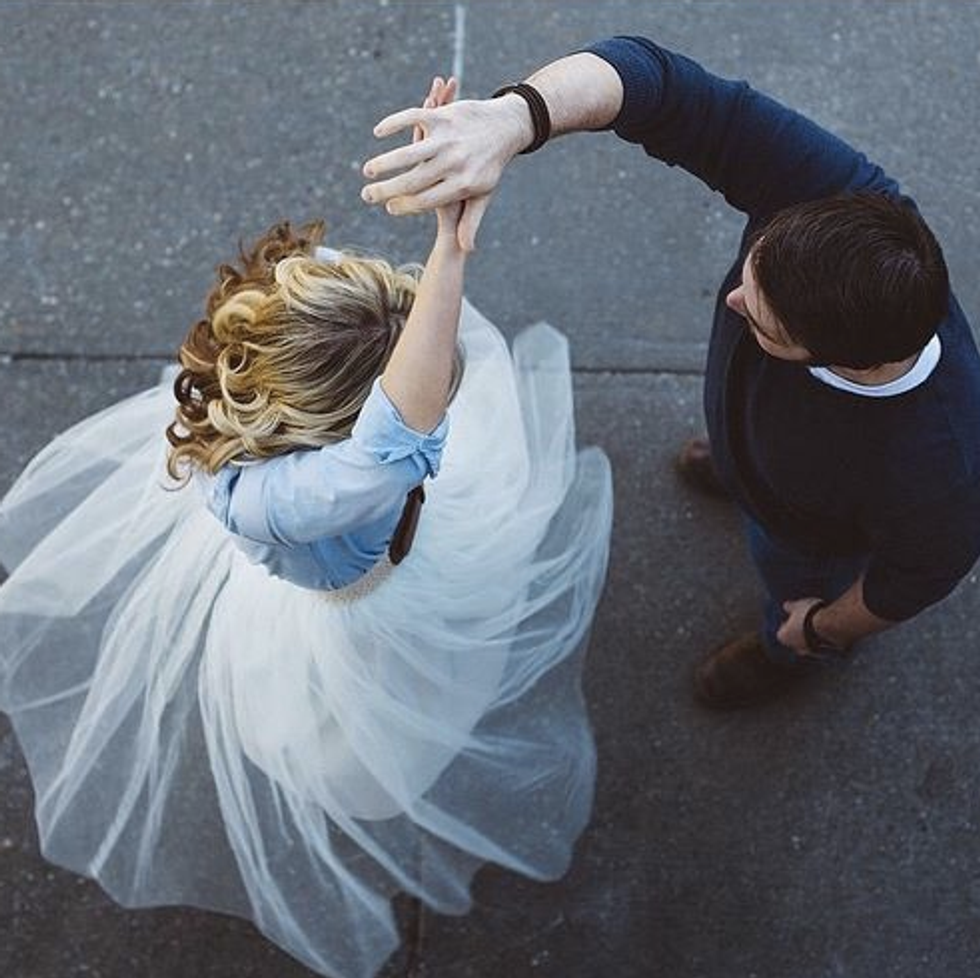Many people believe there is a strong connection between emotion and music. The more emotion a singer gives in his or her performance usually affects how well people can relate to what they are singing. I often find myself drawn into songs that I can relate to rather than songs that are popular. Many times I feel I can relate to a song because it solicits some sort of nostalgia. Great songwriters have the perspicacity to integrate literary devices in their songs to evoke these feelings their listeners may get. If one looks at the lyrics of a song without listening to it they may see it is very similar to poetry. In the song “I Hope You Dance,” Lee Ann Womack uses literary devices such as metaphors, symbolism, and alliteration to evoke emotions and inspire her listeners.
There are several metaphors within the song “I Hope You Dance” which the singer uses to inspire her listeners. Towards the middle of the song one can hear, “Time is a wheel in constant motion always rolling us along” She uses this metaphor to tell her listeners that time moves us along quickly and constantly. Time is not a real wheel but it can be compared to one. When I hear this line it reminds me how quickly time can pass in a simple blink of an eye. It makes me think that I must appreciate the times while they are happening because they will be gone before I know it. Another time Womack uses metaphor to inspire would be in the second verse: “I hope you never fear those mountains in the distance” (Womack line 10). Here Womack is not speaking in literal terms. She does not mean she hopes people are never afraid of the mountains. She is using the mountains in the distance as a metaphor for problems or challenges in one’s future. I hear this line and it makes me think of all the things that can be scary in the future. Growing up can be a frightening thing sometimes but there are always going to be risks that are worth taking.
Another literary device used in the song is symbolism. The main line of this song, also the title, “I Hope You Dance” is perhaps the biggest symbol of the song. Womack uses this line to evoke the idea and emotion that there will be many opportunities in a person’s life. She uses this line to tell her listeners she hopes when an opportunity comes along that they take a chance and go for it. Another example of this would be when she sings, “Whenever one door closes I hope one more opens”. Here the doors she sings about symbolize opportunities. She hopes that a person will not sit their entire life out and not live it. This line makes me think that we as people are supposed to take action. Life is too short to let opportunities pass by constantly.
A third literary device used in the song is alliteration, which is a literary device that uses the repeated occurrence of the same letter or sound at the beginning of closely connected words. This device is only used in one line of the song but it shows some emphasis of this line. Womack sings, “Lovin’ might be a mistake, but it’s worth makin’". This line is emphasized using alliteration with the “m” sound repeated several times in a row. Here I think Womack wants her listeners to really understand that there are going to be mistakes in life that are worth it even though they are mistakes.
All in all, Lee Ann Womack uses literary devices such as metaphors, symbolism, and alliteration to evoke emotions and inspire her listeners throughout her song “I Hope You Dance”. This is one of my favorite songs because it is so simply put that there are risks in life worth taking. This song has a lovely melody and great message. It is an excellent reminder that life passes by quickly and I should always be aware of opportunities that may knock in my life. There will always be risks in life but life is more fulfilling if we take some risks.




















